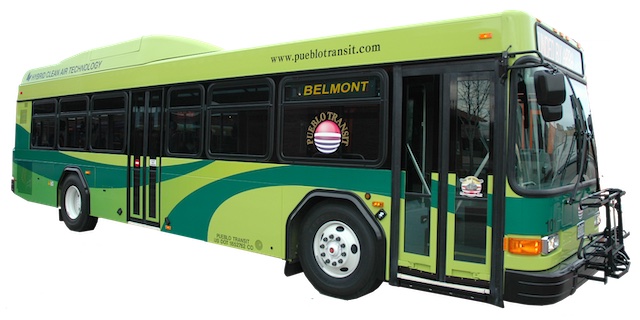The nation’s number of occupied homes grew by 3.9 percent between 2019 and 2021, representing 4.7 million units of new homes, according to table B25032 of the American Community Survey. More than 98.5 percent of those new units were owner occupied, while rental housing grew by just 0.2 percent or less than 1.5 percent of total new homes.
More than three-fourths of new homes were single-family detached homes, reflecting the preferences of most (about 80 percent) Americans for such homes. Another 16 percent were single-family attached (row houses), while only 12 percent were multifamily. Continue reading
















